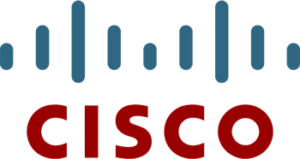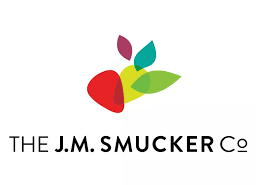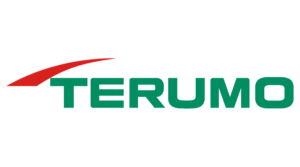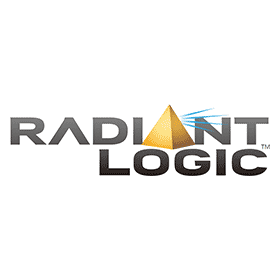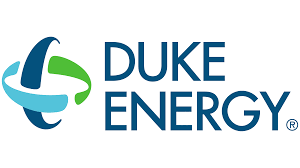Migration
Every organization has its unique questions, considerations and challenges when planning a move to the cloud. These can range from how to rapidly release high quality code, to building a secure network that meets our customer and regulatory requirements, to how can we take advantage of all the cloud offers without throwing away all the good work we’ve done in the past. How do we do this move in an orderly manner that doesn’t impact our current business? What should our short term vs long term goals be? Winmill can help you answer these questions and navigate these murky waters while minimizing missteps and false starts.
Transformation
Moving applications into the cloud often involves rearchitecting those applications to shift them from a heavy weight traditional data center driven architecture, to one that is more agile and takes advantage of how easy it can be to spin servers up and down or to avoid the OS layer altogether and use managed services in the cloud. Shifting to a Microservices Architecture is a great example of a design pattern that can take advantage of the benefits of the cloud. Not only can the cost of hosting these rearchitected applications improve, but also code reusability, maintenance, change order cost and troubleshooting time tables all improve after a more agile, cloud ready architecture is put in place.
Native Cloud Development
Learning to develop natively for the cloud can be challenging. Business and customer requirements have to be met with an architecture that can benefit from all the advantages that bring us into the cloud in the first place. Often this process is much smoother if an application is “born in the cloud”. This means that the entire code development lifecycle is tightly woven with your cloud infrastructure and DevOps architecture. If each iteration of the product is built by and deployed to the cloud, then your final release to production can be literally as easy as pushing a button. Winmill can help you get there, whether with minor backend architectural changes, or an entire shifting of your development approach.
Cloud Audit
Security Audit of Network Architecture, Cost Effectiveness, DevOps Strategy, Development Lifecycle, Disaster Recovery, and continuity.
Every organization has its unique questions, considerations and challenges when planning a move to the cloud. These can range from how to rapidly release high quality code, to building a secure network that meets our customer and regulatory requirements, to how can we take advantage of all the cloud offers without throwing away all the good work we’ve done in the past. How do we do this move in an orderly manner that doesn’t impact our current business? What should our short term vs long term goals be? Winmill can help you answer these questions and navigate these murky waters while minimizing missteps and false starts.
Moving applications into the cloud often involves rearchitecting those applications to shift them from a heavy weight traditional data center driven architecture, to one that is more agile and takes advantage of how easy it can be to spin servers up and down or to avoid the OS layer altogether and use managed services in the cloud. Shifting to a Microservices Architecture is a great example of a design pattern that can take advantage of the benefits of the cloud. Not only can the cost of hosting these rearchitected applications improve, but also code reusability, maintenance, change order cost and troubleshooting time tables all improve after a more agile, cloud ready architecture is put in place.
Learning to develop natively for the cloud can be challenging. Business and customer requirements have to be met with an architecture that can benefit from all the advantages that bring us into the cloud in the first place. Often this process is much smoother if an application is “born in the cloud”. This means that the entire code development lifecycle is tightly woven with your cloud infrastructure and DevOps architecture. If each iteration of the product is built by and deployed to the cloud, then your final release to production can be literally as easy as pushing a button. Winmill can help you get there, whether with minor backend architectural changes, or an entire shifting of your development approach.
Learn more
Security Audit of Network Architecture, Cost Effectiveness, DevOps Strategy, Development Lifecycle, Disaster Recovery, and continuity.
Learn more









